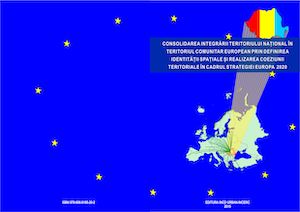
Consideraţii ecologice şi geografice privind potenţialul eco-energetic al României
The chapter presents several ecological and geographical considerations on and geospatial analyses of the eco-energy potential of Romania.
More...We kindly inform you that, as long as the subject affiliation of our 300.000+ articles is in progress, you might get unsufficient or no results on your third level or second level search. In this case, please broaden your search criteria.

The chapter presents several ecological and geographical considerations on and geospatial analyses of the eco-energy potential of Romania.
More...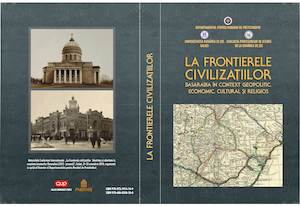
Un sumar bilanţ al activităţii portului Bugaz pe parcursul celor aproape opt ani, între redeschiderea traficului şi cedarea ocupantului sovietic, relevă rezultate pozitive pe mai multe paliere. Populaţia locală şi cea din hinterlandul portului, care a cuprins o regiune de 100 km din sudul Basarabiei, a beneficiat de un debuşeu pentru exportul produselor cerealiere, cu preţuri avantajoase şi stimulative. Navigaţia între Marea Neagră şi limanul Nistrului s-a îmbunătăţit ca urmare a amplasării balizelor şi instalaţiilor de acostare a navelor. De aceste facilităţi au beneficiat nu numai navele care veneau la încărcat, ci şi pescarii din zonă. Numărul locurilor de muncă, stabile şi temporare, a crescut. Portul Bugaz a provocat o mişcare economică şi comercială în sudul Basarabiei cu efecte în îmbunătăţirea transporturilor pe apă cu porturile Constanţa şi Sulina, de unde cerealele luau drumul spre pieţele din Orientul Mijlociu şi Occident. La Bugaz s-a derulat o activitate „determinată şi condusă în spirit naţional românesc”, într-o zonă cu o populaţie eterogenă şi cu o utilizare pentru comunicare „din ce în ce mai întinsă a limbii româneşti” . Indubitabil, portul Bugaz a contribuit la consolidarea procesului conexării Basarabiei la economia unitară a României.
More...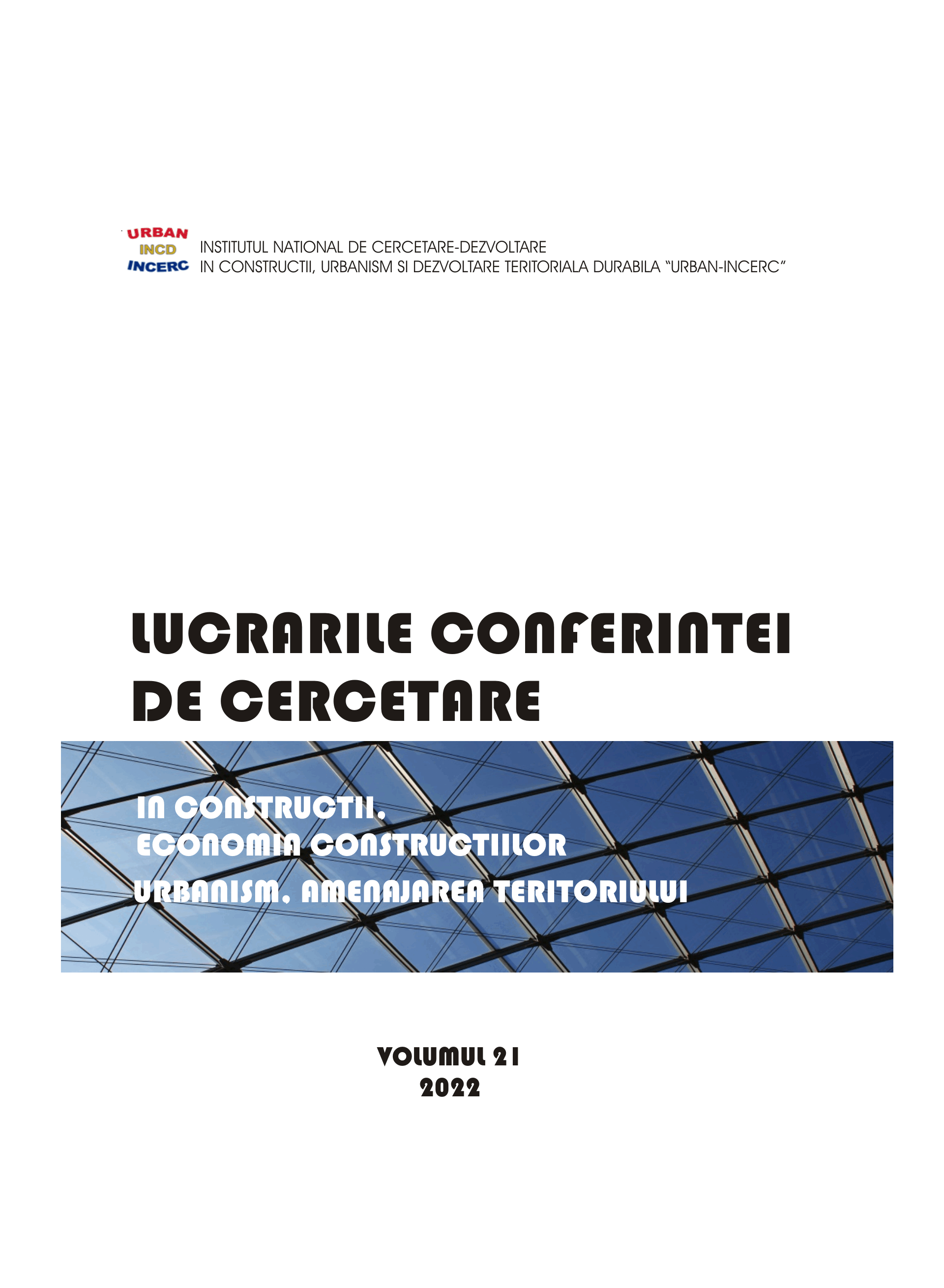
Development regulations are organizational tools and basis for shaping the character of current cities and the form of its development. The efficiency of these regulations, their inclusiveness and flexibility, in addition to their ability to adapt to the needs of the present and future, directly affects the shape and quality of the built environment. The paper discusses conventional development regulations used today, from a critical point of view, and presents form-based codes as an alternative to the former, conducting a comparative study between both types of regulations. Finally, the research recommends taking advantage of form-based codes in creating meaningful places and not just buildings.
More...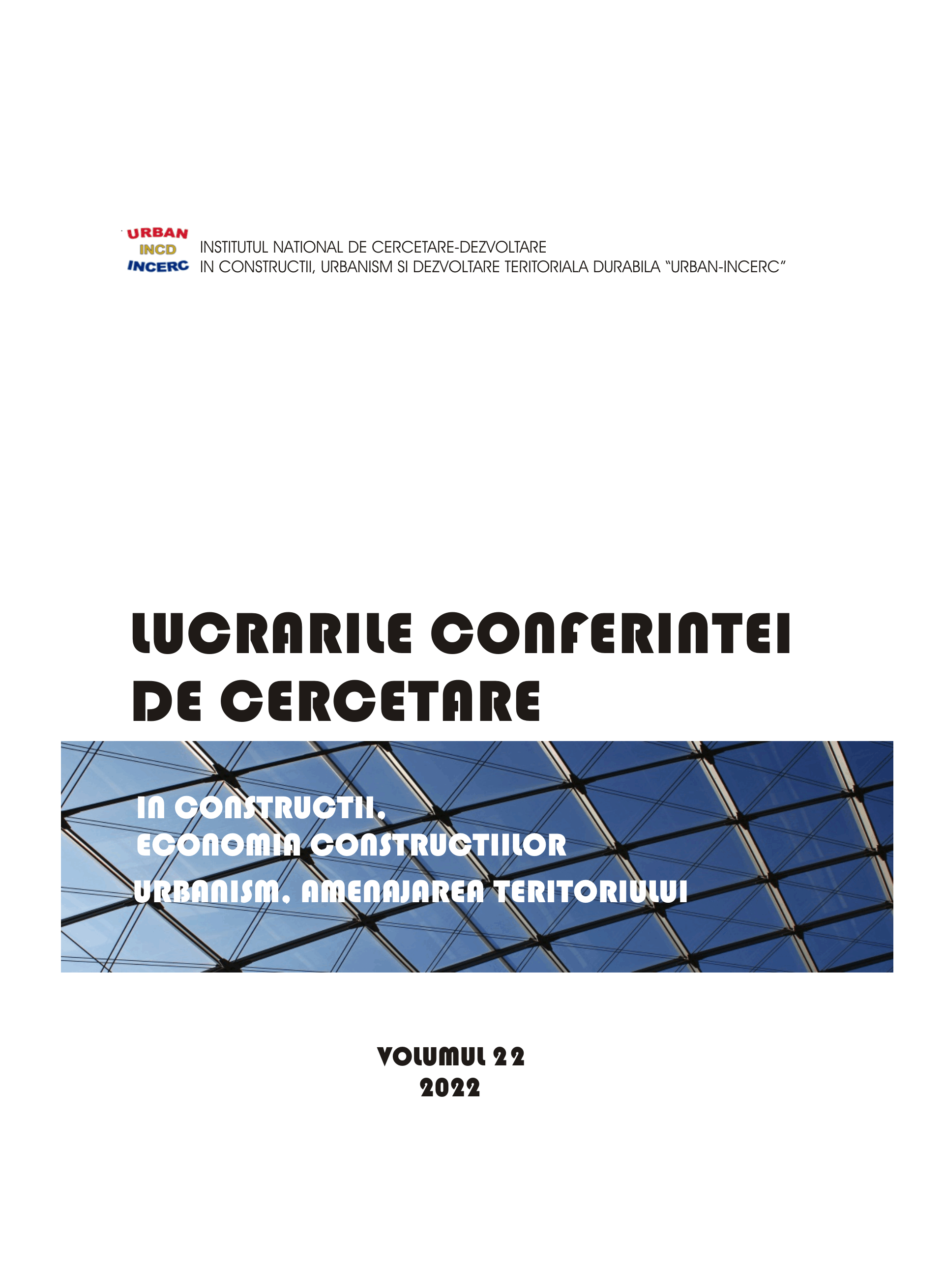
In recent decades, Iraqi historical cities have witnessed substantial urban and social changes that have turned them into unattractive places for living and investment, and where development potential has been ignored. The weakness of strategic plans regarding the consideration of the present urban development strategies has led to the random growth of the city, the distortion of cultural heritage sites and the quality of life in cities, generating social and environmental problems. That is why there is a need for the foundation of a territorial development strategy of Iraq and the studied area - the Diyala region and the city of Baquba, which is in accordance with the objectives of sustainable development at the world level and with modern urban regeneration approaches, which implies the improvement of the historical identity and cultural. The outcome of the development strategy of Dyala region and Baquba city must reflect the objectives of sustainable development and have a clear vision and strategic objectives in the short and medium term.
More...
The research provides an overview of the stages taken for the development process in a hierarchical manner, in the city of Lattakia, Syria. It mentions the stage number, name, tasks, the party responsible, and tools. Research will also review the laws and regulations related to planning, organization and development in Syria in general and the city of Lattakia in particular, following the descriptive approach. Then the research will evaluate the efficiency of the development mechanism and the laws and regulations, using the descriptive analytical approach, then will come up with several recommendations, which will raise the efficiency of the development mechanism, also laws and regulations in the urban field.
More...
Cula is a semi-fortified construction, characteristic of the 18th-19th century. Such construction can also be found in other countries, such as Serbia, Bulgaria, Albania, Greece, and Northern Macedonia. In Romania, there are several dozen calls, with different levels of conservation. Until now, these constructions have not been exploited for tourism, most being left to decay. Establishing cultural routes that include them could represent a solution to save these constructions.
More...
The integration of nature in urban cities is part of ancient planning. Its role was limited to relaxation, leisure and health, but this concept has evolved rapidly in recent years with the emergence of ecosystem services in the light of a green infrastructure approach. Researchers have become increasingly interested in this concept recently with the aim of improving the quality of life of inhabitants in particular by identifying ecosystems that provide economic, social, and environmental services in order to ensure the sustainability of the city. Our research goal is to know these services in order to meet the challenges of sustainable urban development.
More...
This presentation provides evidence of the influential role of urban planning in directing human activity, which, if not adequately studied, may lead to instability in identity and social integration, and the role of urban planning in transforming cohesive groups into dispersed social groups, distinguished by class, creed, or wealth, and their direct role in fueling hatred futurism is a concrete prelude to conflict. Also, it presents some international examples applied in this field.
More...
The concept of smart growth appeared in the mid-1990s in the United States of America. The notion of a smart city emerged later, referring to how a city can favor the use of information technology. In Romania, the number of smart growth initiatives has continuously increased in recent years. Currently, there are such projects in both large and small cities. This research aims to analyze the implementation stage of smart growth initiatives in three Danube cities: Galati, Brăila and Tulcea.
More...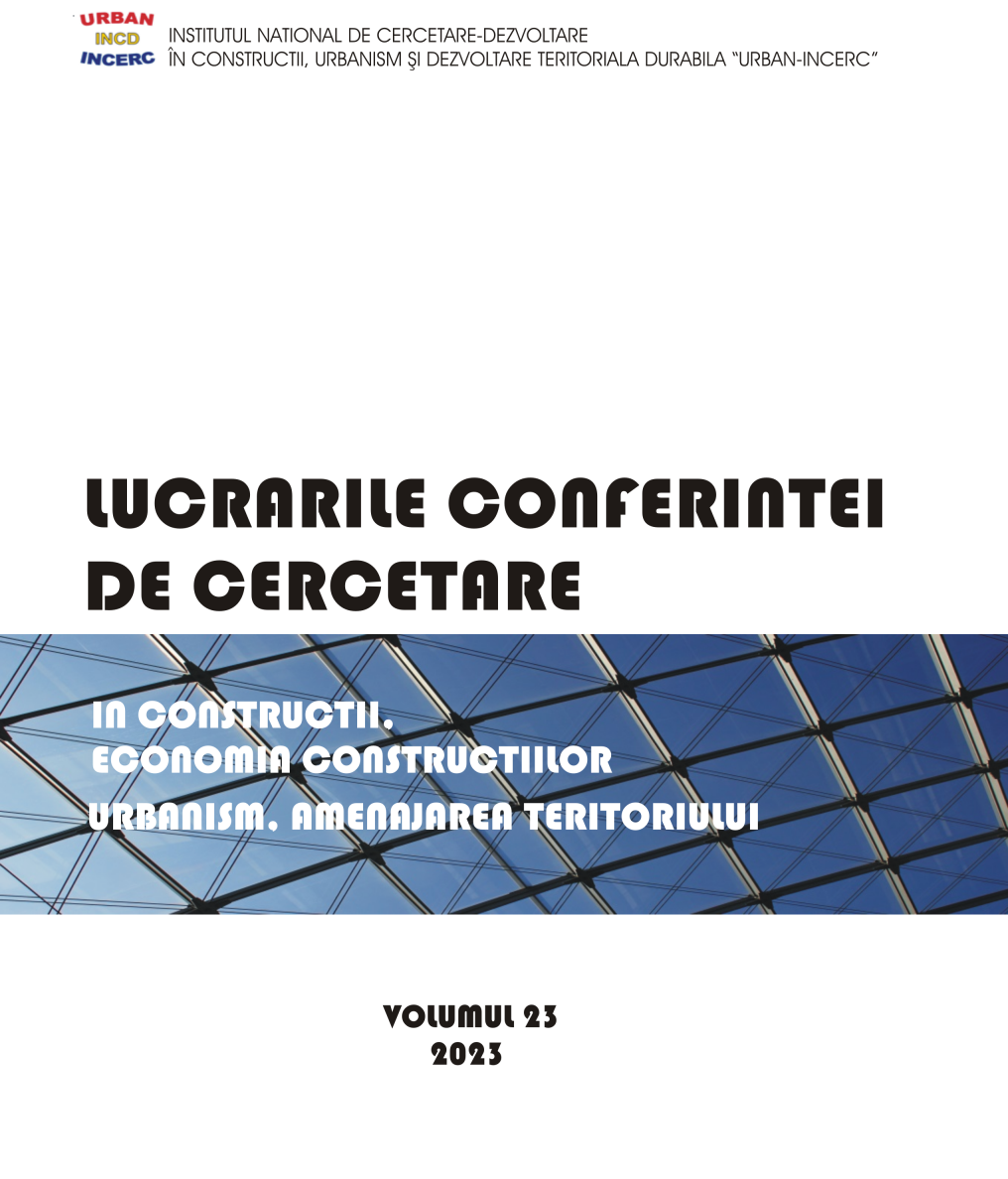
The Covid-19 pandemic has had a profound impact on cities around the world, transforming the way urban dwellers live, work, and interact with each other. As a result, the pandemic has also affected the identities of cities, or how urban areas are perceived by their residents and visitors. In this paper, we will explore the effects of the Covid-19 pandemic on urban identity, looking at how the pandemic has changed the way people relate to cities and how cities have adapted to the pandemic.
More...
Many Algerian cities, including Biskra, suffer from natural problems, especially those caused by heavy rainfalls due to climate change, which reaches its maximum for a long period, and causes severe damage in terms of human and material losses. This paper draws attention on how to deal with the adverse effects of rapid and sudden floods due to runoff in the city of Biskra by studying the green infrastructure as means that rely on preserving the hydrological cycle of water in the safe and effective stormwater management of urban areas and prove that there are opportunities for the application of green infrastructure solutions not only to solve social and economic problems, but also environmental ones. Stormwater management and flood control are among the solutions provided to avoid the negative effects of urban floods, especially in areas with fragile infrastructure.
More...
The paper explores the link between the architecture and the natural landscape of thermal baths, which were built in Hungary (Budapest) and Romania (Băile Herculane) during the early 20th century. Through a combination of various methods of inquiry, such as field trips and literature documentation, this research was able to develop a deeper understanding of the subject. The actual conditions of built heritage differs in the two countries, but are quite similar in the hazards it is prone to. With the aim of raising the public awareness of the problems facing the natural and urban landscape, this paper presents a brief description of the investigation of the thermal baths changes over time.
More...
The Russia-Ukraine conflict has considerably slowed the construction sector's recovery from the global COVID-19 lockdown. Because of rising debt levels, the short-term picture is uncertain. Both public and private sector initiatives will face challenges, with government funds devoted to efforts to address acute socioeconomic crises, and high building material prices rendering private sector projects unviable. Global climate change and global warming are problems that affect everyone, every country, and everything alive. It is a challenge felt in every sector, from agriculture to water supply and sustainable land management, from unemployment to economic stability, from democracy to security, and especially in the health sectorThe current decade has been defined by the fight against inequality, epidemics, and climate change. Technological advancements, such as digitalization and automation, will continue to have an impact on all parts of our life.
More...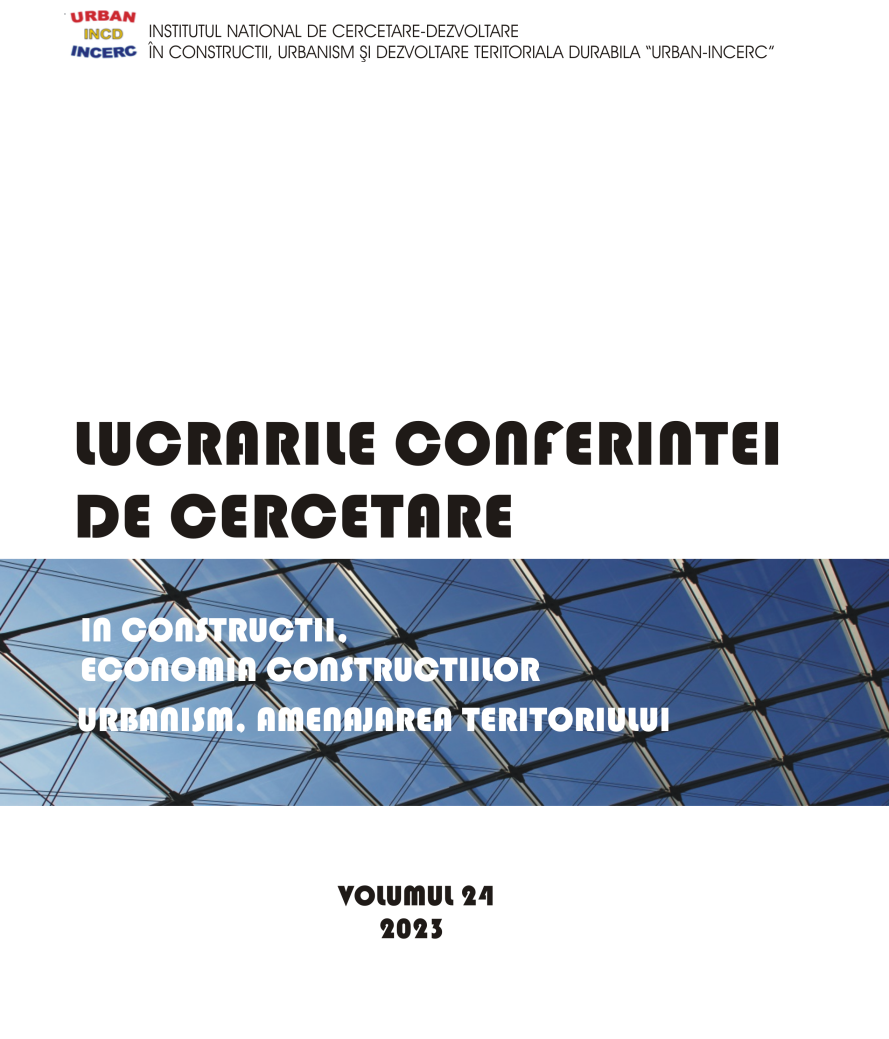
Homs City was heavily damaged during the Syrian War, and thousands of people were killed. However, the people of Homs City have shown remarkable resilience in rebuilding their city. In recent years, Homs City has begun to recover, and many people are returning to their homes.
More...
This paper offers an in-depth exploration of the captivating history and development of Landon garden, shining a light on the relentless efforts to preserve biodiversity within its boundaries. It also highlights the pivotal role that Landon Garden plays in enhancing the overall well-being of the local population. By closely examining the intricate relationship between nature and society, the paper aims to elucidate how a green space can evolve into an essential cornerstone of urban life. It serves as both a sanctuary for biodiversity and a source of tangible benefits for the surrounding community. With this perspective firmly in view, we embark on a comprehensive journey, delving into the multifaceted aspects of the history and significance of Landon garden in Biskra. It becomes evident that this green oasis not only captures the passage of time but also embodies sustainable advantages that it continuously bestows upon the local residents.
More...
From the emergence of the concept of sustainable development to the present day, this model of development has been a global policy with economic, social and environmental implications, of major importance for our common good. Achieving sustainable development goals requires a holistic, long-term approach. The realization of the sustainable development vision and the monitoring of progress are based on indicators of achievement that need to be linked to specific actions over a time horizon. Identifying the right indicators and interpreting them is crucial. This paper provides an overview of the challenge of measuring indicators for monitoring progress on sustainable development and is a starting point for future in-depth analysis of the indicators associated with the 17 SDGs and the criteria for their selection.
More...
The notion of smart cities has emerged as an essential solution for tackling the significant challenges facing contemporary society, including rapid urbanization, climate change and globalization. Smart cities harness state-of-the-art technologies like the Internet of Things (IoT), Big Data, Artificial Intelligence (AI) and Machine Learning (ML) to enhance various aspects of urban life, spanning from living conditions and work environments to information accessibility, social interactions and environmental sustainability. This technological integration offers numerous benefits, accelerating infrastructure development and improving residents' quality of life. Standardization and the incorporation of international standards, such as ISO 37120, ISO 37122 and ISO 37123 play a crucial role in assessing city performance. Romania's adoption of these standards represents a significant step towards evaluating and improving its cities. However, for efficacious implementation, it is imperative to develop implementation guidelines and provide support and training to local authorities. A comprehensive list of 95 performance indicators, categorized into six domains, can provide cities with essential tools for assessing and monitoring their progress towards becoming smart cities and promoting sustainable development. Customizing these indicators to match the unique characteristics of each city and fostering close collaboration with local communities, organizations and experts are crucial aspects for shaping and overseeing strategic objectives that positively influence the quality of life and sustainable urban development. This personalized approach is vital for the successful realization of smart cities.
More...